Your least-affected roses ... Japanese beetles, thrips ....?.
strawchicago z5
10 years ago
Featured Answer
Sort by:Oldest
Comments (23)
strawchicago z5
10 years agoRelated Professionals
Rancho Cordova Landscape Architects & Landscape Designers · Aurora Landscape Contractors · Brockton Landscape Contractors · Burlington Landscape Contractors · Cedar Hill Landscape Contractors · Clark Landscape Contractors · Damascus Landscape Contractors · Dixon Landscape Contractors · Eureka Landscape Contractors · Lyndhurst Landscape Contractors · Vallejo Landscape Contractors · View Park-Windsor Hills Landscape Contractors · Augusta Siding & Exteriors · Paterson Siding & Exteriors · Tigard Siding & Exteriorsmeredith_e Z7b, Piedmont of NC, 1000' elevation
10 years agovickysgarden
10 years agowintercat_gw
10 years agodublinbay z6 (KS)
10 years agostrawchicago z5
10 years agoamelie325
10 years agosilverkelt
10 years agoKippy
10 years agosilverkelt
10 years agomichaelg
10 years agostrawchicago z5
10 years agoKippy
10 years agosilverkelt
10 years agostrawchicago z5
10 years agosilverkelt
10 years agostrawchicago z5
10 years agoVivien23- Zone 6B
7 years agorosesmi5a
7 years agoVivien23- Zone 6B
7 years agothorngrower sw. ont. z5
7 years agoVivien23- Zone 6B
7 years ago
Related Stories

GARDENING GUIDESWhat Kind of Roses Should You Grow?
Want to add the beauty of roses to your garden? Find out which ones, from old-fashioned to modern, are right for you
Full Story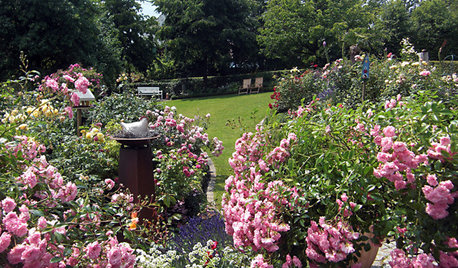
GARDENING GUIDES5 Sweet to Spirited Pink Roses for an Enchanting Garden
Whether you go demure or daring, there's a pink rose here to make you flush with garden pride
Full Story
WINTER GARDENINGPruning Secrets for Exquisite Roses
Encourage gorgeous blooms year after year with this time-tested advice on how to prune your rosebush in winter for health and shape
Full Story
GARDENING GUIDESLessons in the Rewards of Selfless Gardening
Let go of gardening for your own vision and watch the garden’s own true vision come forth
Full Story
DESIGNER SHOWCASESSan Francisco Decorator Showcase: Happy Days Are Here Again
Creative ideas, bold colors and inventive materials abound under one (very large) roof
Full Story
FRUIT TREESHow to Grow Your Own Juicy Plums
Easier than other stone fruits and with a variety of colors to choose from, plums are a versatile garden addition
Full Story
GARDENING GUIDES6 New Plant Varieties That Beat Out Their Parents
With better resistance and fewer demands, these garden beauties are worth a spot on your wish list
Full Story
GARDENING GUIDESNew Ways to Think About All That Mulch in the Garden
Before you go making a mountain out of a mulch hill, learn the facts about what your plants and soil really want
Full Story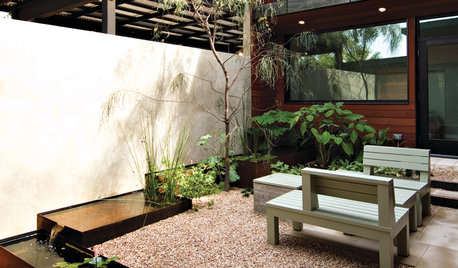
LANDSCAPE DESIGNStrike a Balance: Stuff vs. Space in the Garden
Zoom out to the big design picture before focusing on the little details, to create a garden with all the elements in balance
Full Story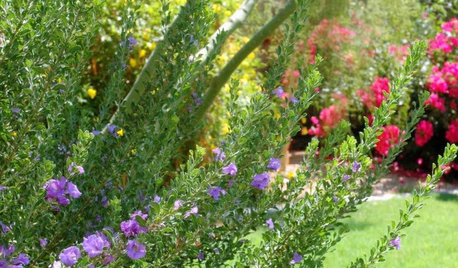
GARDENING GUIDESSouthwest Gardener's June Checklist
Protect your plants from too much sun while waiting for rain relief, and guess what? Those cacti might need a drink
Full Story






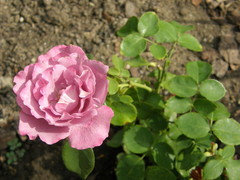



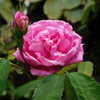

ingrid_vc so. CA zone 9